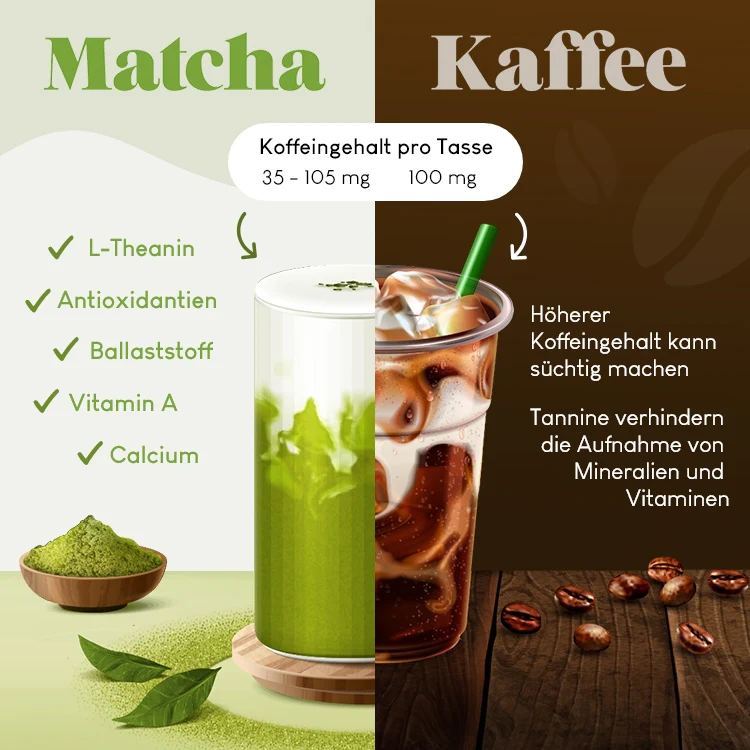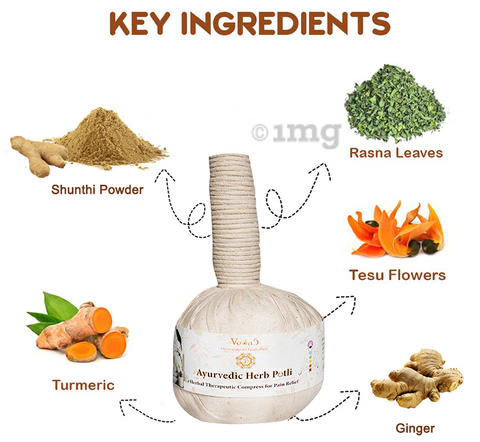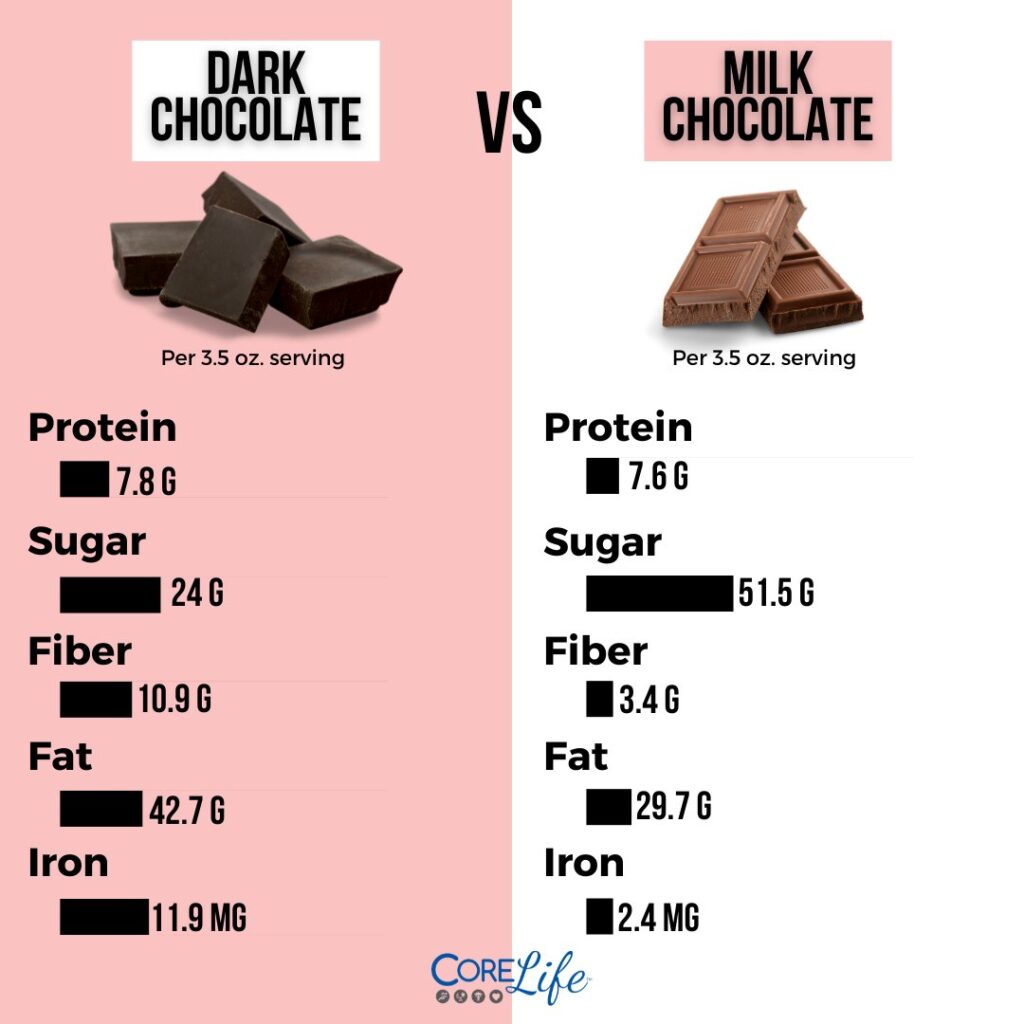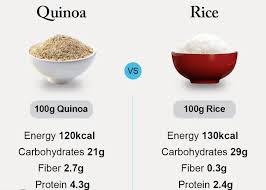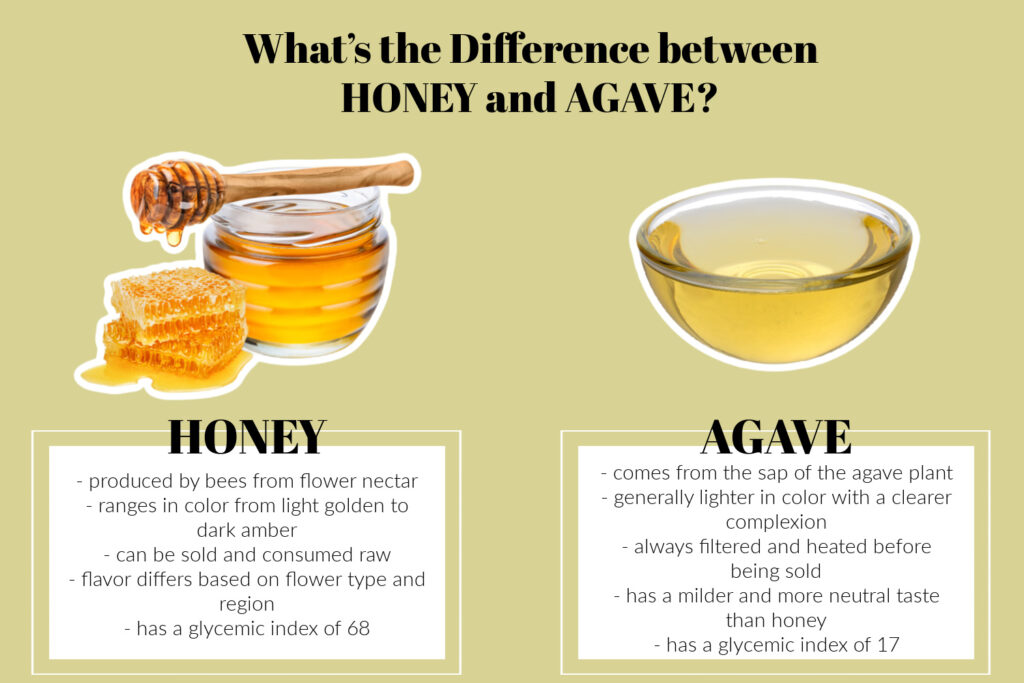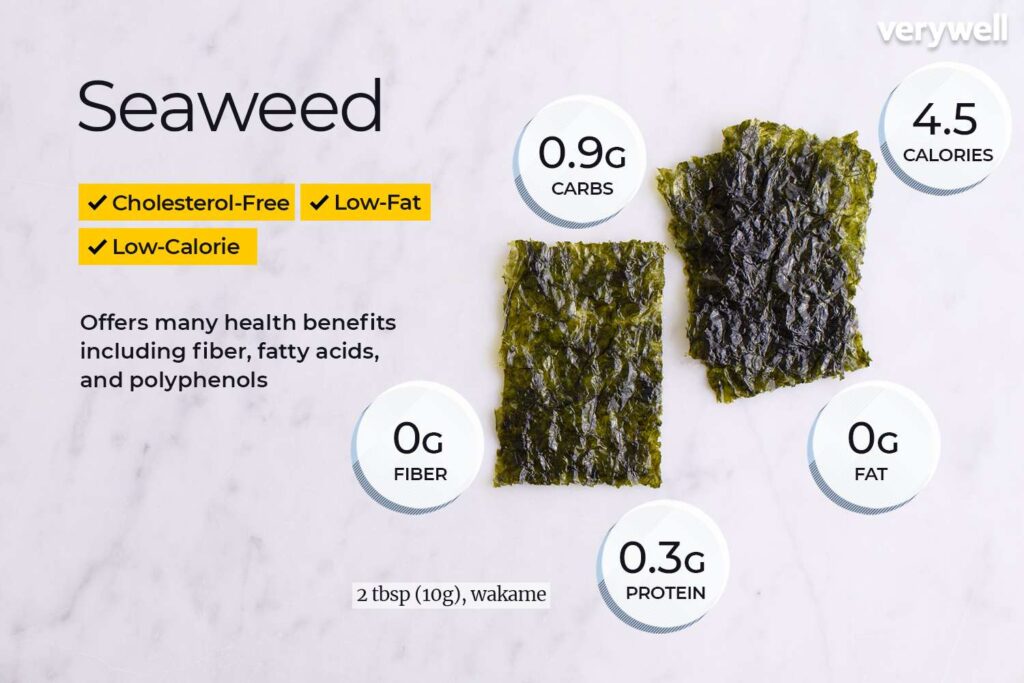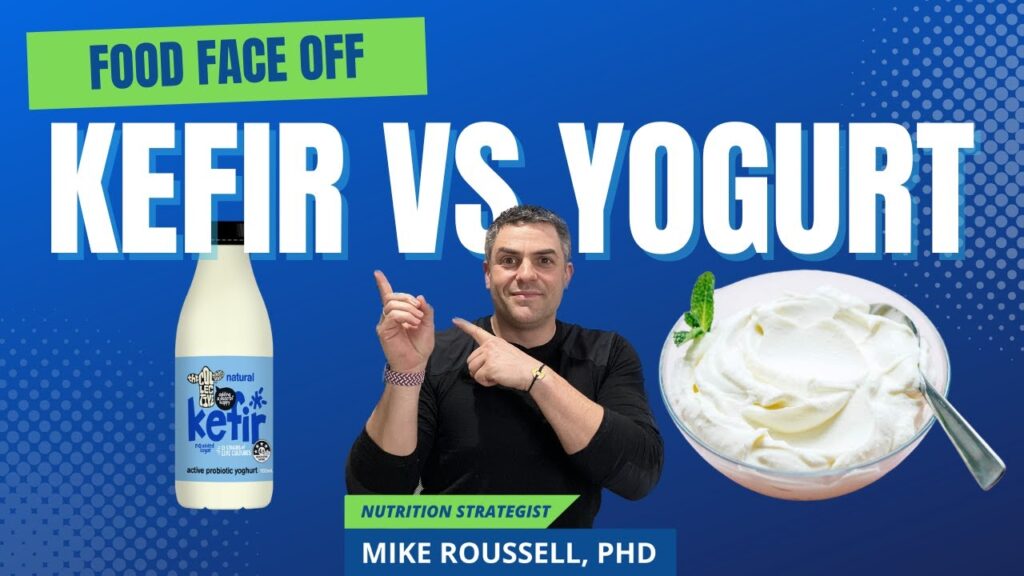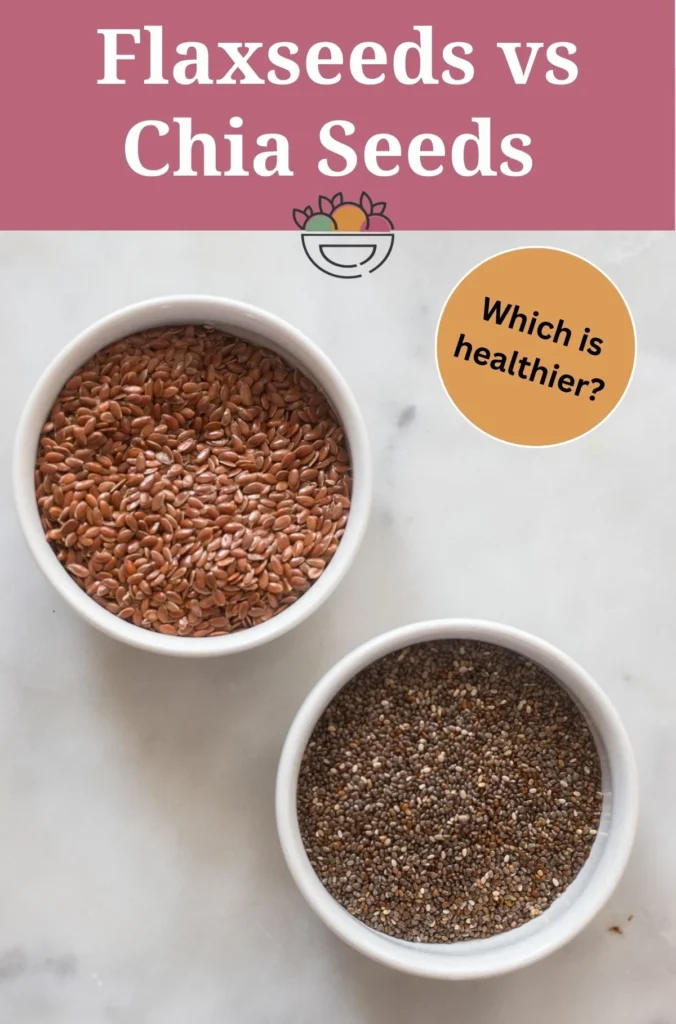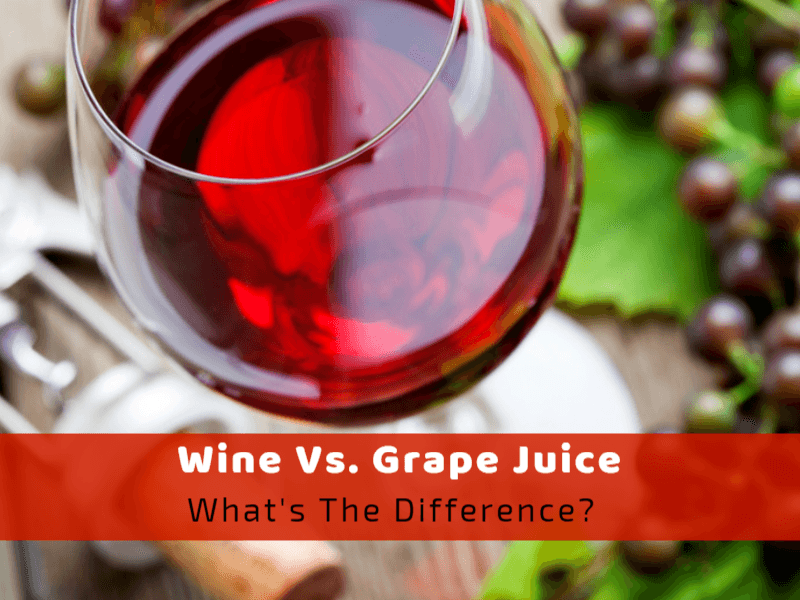2025’s Ultimate Guide to Matcha vs. Coffee: Antioxidant Power vs. Caffeine Efficiency
Struggling with energy crashes, jitters, or simply wondering if there’s a better way to kickstart your day? With a world full of buzz about natural antioxidants and alternative energy boosters, you might be torn between the calming, nutrient-rich benefits of matcha and the fast-acting, robust kick of coffee. What if you could harness the best of both worlds to optimize your daily routine? By the end of this guide, you’ll learn the science behind matcha and coffee, understand their unique benefits and drawbacks, and discover actionable strategies to tailor your intake for maximum performance and health. Understanding Matcha: The Green Elixir Matcha is a finely ground green tea powder that delivers a concentrated dose of antioxidants and a balanced caffeine boost. Matcha originates from Japan, where it has been used in traditional tea ceremonies for centuries. Unlike regular green tea, which is steeped and discarded, matcha is consumed entirely, ensuring you get the full spectrum of its nutrients. Here’s what sets matcha apart: Mini-conclusion: Matcha offers a potent mix of antioxidants, vitamins, and a balanced caffeine release, making it a top choice for those seeking both health benefits and a steady energy boost. Understanding Coffee: The Classic Energy Booster Coffee, a beloved staple worldwide, is celebrated for its robust flavor and high caffeine content that jump-starts your day. Coffee is made by brewing roasted coffee beans, which are the seeds of the Coffea plant. With a history steeped in culture and science, coffee has long been the go-to beverage for those in need of a quick energy lift. Here’s what you need to know: Mini-conclusion: Coffee’s high caffeine content makes it a powerful tool for boosting energy and focus, while its antioxidants provide additional health benefits. However, its rapid stimulation can sometimes lead to jitters and crashes. Nutritional Showdown: Antioxidant Power When it comes to antioxidants, matcha and coffee each pack a punch—but in different ways. Matcha’s Antioxidant Arsenal: Coffee’s Antioxidant Profile: Mini-conclusion: Matcha leads the way with its extraordinary concentration of catechins and EGCG, offering robust antioxidant protection, while coffee’s antioxidants—though different—still contribute beneficially to long-term health. Caffeine Efficiency: Sustained Energy vs. Instant Jolt Caffeine is the powerhouse behind both matcha and coffee, yet they deliver it in markedly different ways. Matcha’s Balanced Caffeine: Coffee’s Immediate Impact: Mini-conclusion: If you need a fast, intense boost of energy, coffee is unmatched; however, for those who prefer steady, long-lasting alertness without the side effects, matcha’s balanced caffeine delivery is the superior option. Health Benefits and Drawbacks: Making the Right Choice Both matcha and coffee offer impressive health benefits—but they also come with potential downsides that are important to consider. Health Benefits of Matcha: Drawbacks of Matcha: Health Benefits of Coffee: Drawbacks of Coffee: Mini-conclusion: Both beverages offer significant health benefits, but your choice should depend on your personal tolerance for caffeine, lifestyle needs, and specific health goals. Matcha’s gentle, sustained energy is ideal for those seeking a calm yet alert state, whereas coffee’s potent kick is best for immediate stimulation and enhanced alertness. Real-World Examples and Case Studies Real-life experiences and scientific studies provide invaluable insights into the effects of matcha and coffee on energy, health, and overall well-being. Case Study: The Office Energizer Case Study: Athletic Performance and Recovery Mini-conclusion: Real-world case studies highlight that while coffee may provide an immediate burst of energy, matcha’s ability to deliver a more balanced and sustained effect makes it a compelling option for both mental and physical performance. Practical Strategies for Incorporating Matcha and Coffee into Your Routine Adapting your daily beverage routine to harness the benefits of matcha or coffee can be simple with a few actionable strategies. For a Matcha-Based Routine: For a Coffee-Centric Routine: Mini-conclusion: Whether you prefer the ritualistic calm of matcha or the robust intensity of coffee, integrating these beverages thoughtfully into your daily routine can optimize both energy levels and overall health. Common Mistakes and How to Avoid Them Avoiding common pitfalls ensures that you reap the full benefits of your chosen beverage without unintended side effects. Top Mistakes: Mini-conclusion: By avoiding these common mistakes, you can ensure that your matcha or coffee consumption maximizes energy, enhances health, and supports a balanced lifestyle. Advanced Strategies for Maximizing Beverage Benefits For those ready to elevate their daily routine, advanced strategies can help you harness the full potential of matcha and coffee. Pro Tip: ⚠️ Avoid This Mistake: Don’t fall into the trap of comparing beverages solely on caffeine content. Focus on how each drink fits into your overall lifestyle and health goals—personalization is key! Mini-conclusion: Advanced strategies, including mindful rotation and functional pairings, can help you fine-tune your beverage routine for optimal performance and sustained well-being. FAQ 1. Can I drink both matcha and coffee, or should I choose one over the other?You can certainly incorporate both into your routine. Many people find that alternating between matcha and coffee depending on the time of day and activity level offers the best of both worlds: the calm, sustained energy of matcha and the immediate boost from coffee. 2. How much matcha or coffee should I consume daily for optimal benefits?Moderation is key. Typically, 1-2 servings of matcha per day (about 1 teaspoon of matcha powder per serving) and 1-2 cups of coffee are recommended. Adjust based on your personal tolerance, health goals, and lifestyle. 3. Are there any side effects to be aware of when switching to matcha from coffee or vice versa?Some individuals might experience slight differences in energy levels or digestive responses when switching beverages. Matcha’s lower caffeine content and presence of L-theanine generally produce a smoother energy boost, while coffee might cause jitters or increased heart rate in sensitive individuals. It’s important to listen to your body and adjust your intake accordingly. Conclusion In summary, the debate between matcha and coffee is less about finding a one-size-fits-all answer and more about understanding how each beverage can be leveraged to meet your individual health and lifestyle needs. Ready to redefine your daily ritual? Whether you’re a
